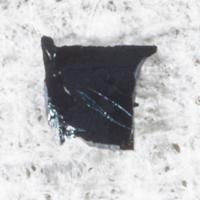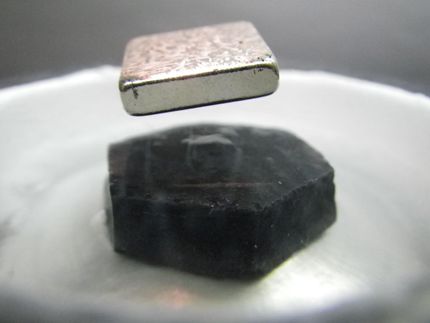Phenomenon that fights with superconductivity universal across both flavors of cuprates
Researchers have spotted charge ordering - a phenomenon that interferes with superconductivity - in electron-doped copper-oxide crystals for the first time. The discovery is a critical step towards achieving zero electrical resistance at room temperature.
The findings appear in Science, spearheaded by CIFAR Global Scholar Eduardo H. da Silva Neto and Riccardo Comin (University of British Columbia), and co-authored by Advisor Richard Green (University of Maryland), as well as senior fellows George Sawatzky and Andrea Damascelli (University of British Columbia) - who is also leader of the research team. The project originated from discussions within CIFAR's Quantum Materials program.
Superconductivity happens when electrons pull closely together forming pairs and travel through the crystal lattice of a material without resistance. In copper-oxide compounds, or cuprates, high-temperature superconductivity is achieved in crystals that have electrons either added or removed from their atoms.
When electrons are removed, the process is called hole-doping. Physicists have known for a few years that in hole-doped copper-oxides an event called charge ordering competes with superconductivity once temperatures begin to warm up from near absolute zero.
In a typical crystal, atoms form highly-organized periodic lattices and so do their electrons. But in some materials, an instability causes some electrons to reorganize, forming new periodic patterns of charge, which do not follow the underlying atoms. This is called charge ordering. In hole-doped cuprates this charge ordering disturbs the delicate pattern required for superconductivity, leading the material to fluctuate between the two states until the temperature cools enough for superconductivity to win.
"You essentially have a fight between charge ordering and superconductivity," da Silva Neto says.
The new study reveals that charge ordering also happens in electron-doped cuprates and is therefore universal across both flavours of cuprates, despite most scientific evidence to date suggesting otherwise.
What's more, past research has led scientists to believe that charge ordering only happens during a transition stage to superconductivity called the pseudogap.
"In the hole-doped cuprates, where all the experiments have been done, it all goes back to this mysterious pseudogap phase," da Silva Neto says.
Studies had so far suggested that charge ordering requires the pseudogap state in order to occur - leading to many attempts to explain the former in terms of the later. However, this study detected charge ordering at a higher temperature than the pseudogap phase, contradicting what has become a paradigm in the field. The result suggests a new direction for understanding the problem.
"The discovery of charge ordering has been huge. It has really caused a boom in the field, giving it some new life in the last few years," da Silva Neto says. "It gives us hope that if we can tune it or manipulate it out of the system, the critical temperature for superconductivity could go higher."
The new study reveals that charge ordering behaves in ways scientists did not expect, opening new possibilities for future explorations.
Organizations
Other news from the department science

Get the chemical industry in your inbox
By submitting this form you agree that LUMITOS AG will send you the newsletter(s) selected above by email. Your data will not be passed on to third parties. Your data will be stored and processed in accordance with our data protection regulations. LUMITOS may contact you by email for the purpose of advertising or market and opinion surveys. You can revoke your consent at any time without giving reasons to LUMITOS AG, Ernst-Augustin-Str. 2, 12489 Berlin, Germany or by e-mail at revoke@lumitos.com with effect for the future. In addition, each email contains a link to unsubscribe from the corresponding newsletter.




























































